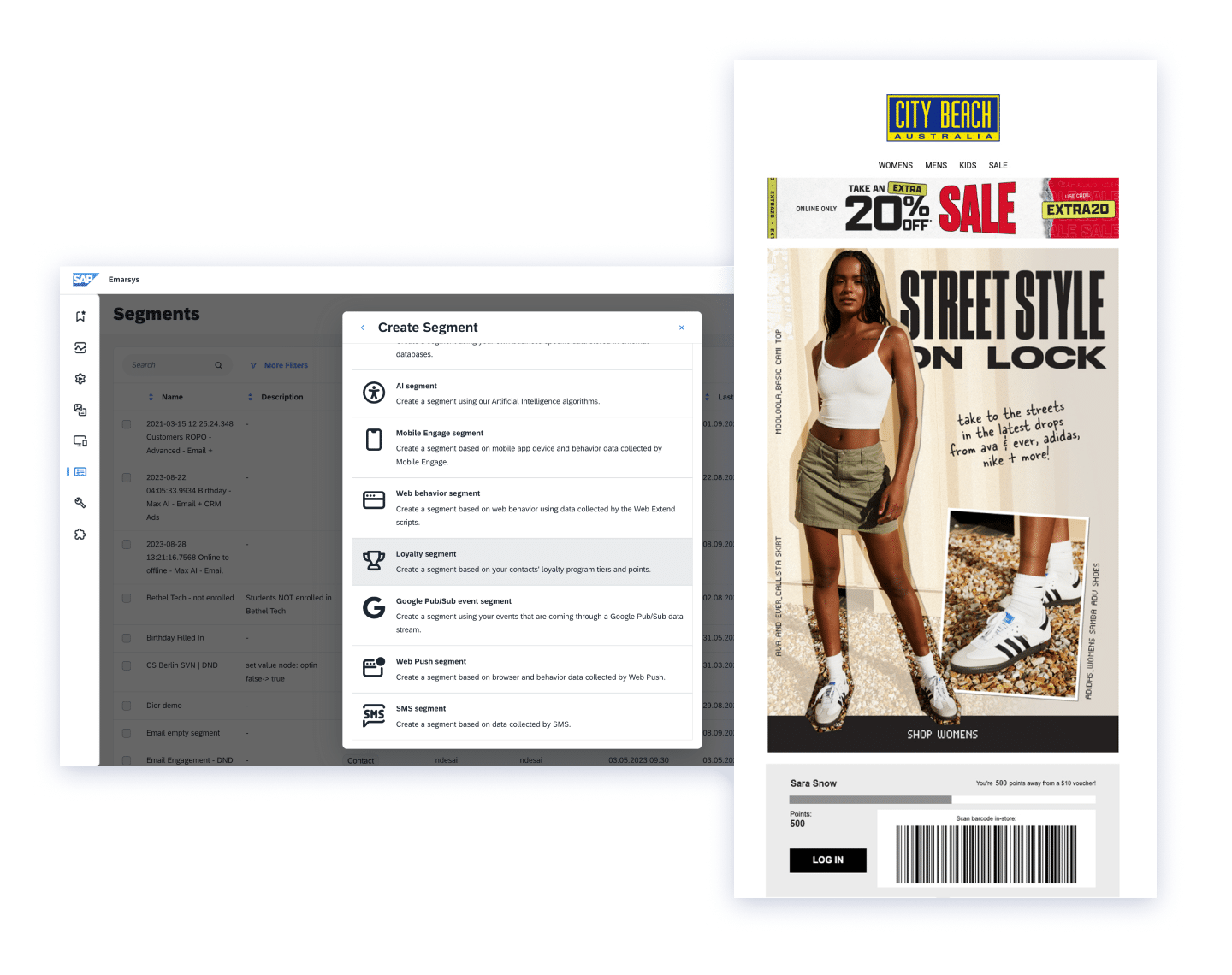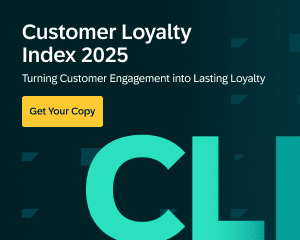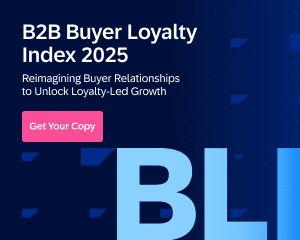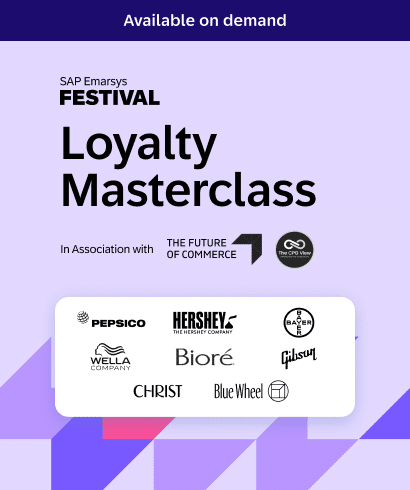Email remains the backbone of digital marketing in 2025. Even with the rise of SMS, push, and social channels, it’s still the channel customers check most often – and the one that consistently delivers the highest return on investment.
But today’s inbox is more competitive than ever. Privacy protections have changed the way you measure engagement, filters make it harder to land in the inbox, and customers are quick to unsubscribe if your content feels irrelevant. What worked a few years ago simply doesn’t work anymore.
To keep your audience engaged in 2025, you need a smarter approach: targeted segmentation, AI-driven optimization, personalization that goes beyond a name, and automation that scales without extra effort. In this article, we’ll break down what’s still working for email marketers today, what tactics to leave behind, and how SAP Emarsys helps brands like PUMA, John Frieda, and Krispy Kreme deliver results at scale.
What Still Works in 2025
Despite all the changes in privacy rules, inbox filters, and shifting customer expectations, email is far from dead. The tactics that succeed today are the ones that focus on relevance, timing, and value, making every message feel like it was written with your customer in mind.
Let’s break down the strategies that continue to deliver results in 2025, backed by real-world examples from brands using SAP Emarsys to put them into action.
Smarter segmentation and lifecycle targeting
If you’re still sending the same email to everyone in your database, you’re leaving money on the table – and probably frustrating subscribers along the way. Customers expect messages that reflect who they are, how often they shop, and where they are in their journey with your brand.
Segmentation goes well beyond demographics. To really move the needle, you should be looking at:
- Lifecycle stage: Is someone a new subscriber, an active customer, or at risk of lapsing?
- Purchase behavior: How often do they buy, and what types of products do they prefer?
- Engagement history: Are they opening, clicking, and browsing, or going quiet?
- Loyalty status: Are they a first-time buyer, or part of your VIP community?
When you use this kind of data to create meaningful segments, the results speak for themselves. Segmented campaigns deliver up to 30% more opens and 50% more clicks compared with batch-and-blast emails.
Best practice in action: By unifying loyalty, in-store, and online data with SAP Emarsys, Krispy Kreme built automated lifecycle segments for welcome journeys, loyalty nurtures, and win-back flows. The payoff was huge: a 53% increase in leads, 70% more website clicks, and a 19% uplift in digital revenue. Relevance at every stage turned their emails into a consistent driver of growth.
AI‑powered send‑time optimization (STO)
There’s no universal “best” time to send an email. Your customers live in different time zones, follow different routines, and engage with your brand in different ways. If you rely on a blanket send time like Tuesday at 10 a.m., you’re almost guaranteed to miss opportunities.
This is where artificial intelligence makes a real impact. AI-powered send-time optimization (STO) predicts when each individual subscriber is most likely to engage and automatically delivers your emails at that moment. The result? Your messages arrive when customers are most receptive, without you having to guess.
Beyond boosting opens and clicks, STO also helps you respect your customers’ attention. By sending fewer emails at the right moments, you create a better experience while driving more revenue from the same campaigns.
Best practice in action: PUMA adopted SAP Emarsys STO to analyze individual customer behavior and optimize send times automatically. Over six months, they achieved a 5× increase in email-attributed revenue, a 25% lift in open rates, and grew their database by 50%. STO also boosted open rates by an additional 5–10%, all without adding extra work for the marketing team.
Personalization beyond the first name
Adding a customer’s first name to an email might have worked years ago, but in 2025 it’s nowhere near enough. Customers expect the content of your emails to reflect their preferences, browsing behavior, and purchase history, not just a token greeting.
Modern personalization means tailoring product recommendations, offers, and even creative assets based on what you know about each individual. It’s about sending the right message to the right person, whether that’s showcasing items they browsed last week, highlighting a replenishment reminder, or rewarding loyalty members with exclusive perks.
The payoff is significant, because when every message feels relevant, customers are far more likely to open, click, and convert.
Best practice in action: During its ULTRAfiller+ product launch, John Frieda worked with SAP Emarsys and agency partner Blue Wheel to create a segmented, multi-touch nurture journey. By combining historical purchase data with zero-party survey responses, the brand sent tailored messages that compared the new line with its existing Volume Lift range. This strategy produced four times more contacts reached, doubled the click-to-open rate, and led 88% of customers to purchase two or more products.

Automated journeys & win‑back campaigns
Manually sending every email is time-consuming and makes it easy to miss critical moments in the customer journey. Automation takes the pressure off by ensuring the right messages are sent automatically, exactly when they’re needed.
Think of the journeys you can set up once and let run in the background:
- A welcome sequence that greets every new subscriber.
- Replenishment reminders that prompt customers to restock before they run out.
- Birthday or anniversary campaigns that make customers feel valued.
- Win-back emails that re-engage shoppers who’ve gone quiet.
Automated emails consistently outperform one-off blasts. For example, welcome sequences generate four times more opens and ten times more clicks than standard campaigns. And win-back campaigns have been shown to bring nearly half of lapsed customers back into the fold.
Best practice in action: Krispy Kreme used SAP Emarsys to build six automated programs, including a high-performing welcome journey that connected online and offline experiences seamlessly. PUMA also set up abandoned cart and product recommendation flows that adapt content and frequency based on engagement signals. Both brands saved hours of manual work while significantly boosting revenue.
Continuous testing & optimization
With privacy changes making open rates less reliable, success in email marketing depends on going deeper. Metrics like click-through rates, conversions, and revenue per email tell you much more about whether your campaigns are actually working. To improve these numbers, continuous testing is essential.
Whether it’s subject lines and layouts or call-to-action (CTA) buttons, A/B testing should be part of your everyday workflow. Even small changes, like swapping a headline or moving a button, can deliver measurable lifts in engagement and revenue. Over time, testing helps you refine your strategy and build campaigns that perform better with every send.
The best solutions make testing seamless. Instead of manually creating multiple versions of the same campaign, you should be able to test variations automatically within your automation flows, letting the system optimize in real time.
Best practice in action: PUMA’s marketing team uses SAP Emarsys to A/B test subject lines, content blocks, and AI-driven product recommendations. By tracking incremental revenue from each test, they’ve been able to fine-tune creative decisions and maximize results without slowing down campaign production.
Omnichannel integration
Email works best when it’s part of a connected customer journey. Your customers interact with your brand beyond the inbox. They browse your site, shop in-store, use your app, and engage with your loyalty program. If your emails don’t reflect those touchpoints, you’re missing opportunities to create a seamless experience.
An integrated approach means pulling data from across channels to trigger contextual emails. For example, a customer might receive a replenishment reminder after buying in-store, a loyalty-tier upgrade message when they reach a points milestone, or a browse-abandon email after leaving items in their cart.
When email is fully connected with your broader marketing ecosystem, it becomes more relevant, more timely, and more effective.
Best practice in action: City Beach, Australia’s leading surf and streetwear retailer, unified in-store, online, and loyalty data with SAP Emarsys to build a true 360° view of each customer. With AI-driven segmentation and omnichannel automation across email, SMS, social, and mobile wallet, City Beach achieved 105% year-over-year growth in email revenue, increased active customers by 38%, and delivered 14× ROAS on CRM-powered Facebook ads.

Value‑driven content
Inboxes are overflowing with promotions and discounts. If every email you send is just another offer, customers will quickly tune out — or worse, unsubscribe. What keeps people opening and engaging is content that delivers real value.
Value-driven content goes beyond selling. It might include tutorials, how-to guides, community stories, or inspiration that helps customers get more from your products. By mixing useful content with promotional messages, you position your brand as a trusted resource rather than just another retailer pushing offers.
Best practice in action: Hobbii, a knitting and crochet retailer, discovered that sending five promotional newsletters a week was overwhelming their audience. By shifting to a content-led strategy with patterns, tutorials, and community stories making up 80% of their emails, they grew their customer club to more than 1.1 million members in under a year. Now, automation drives 20% of their total email revenue.
Mobile‑first, accessible design
Most of your customers read emails on their phones, and they’ll delete them in seconds if the experience is clunky. In fact, more than 47% of people check email through a mobile app, and 42% will delete a message that isn’t optimized for mobile. If your emails don’t look good on a small screen, you’re losing nearly half your audience before they even read your content.
Designing mobile-first means keeping layouts simple, using single-column designs, and making CTAs big enough to tap easily. Accessibility matters too: use live text instead of image-only emails, add alt text for images, and make sure color contrast is strong enough for people using assistive technologies. When you build with mobile and accessibility in mind, your emails reach more people, work better across devices, and make your brand feel more professional and inclusive.
Best practice in action: With SAP Emarsys, marketers can use responsive templates that automatically adjust for mobile, preview campaigns across devices, and ensure accessibility standards are met before sending. This means you can deliver a polished, consistent experience for every customer, whether they’re checking their inbox at their desk, on the sofa, or on the go.

What Doesn’t Work in 2025
OK, we’ve covered what does work – now, let’s take a look at some of the email bad habits that hamper your results and harm relationships with your customers:
Batch‑and‑blast emails
If segmentation yields 30% more opens and 50% more clicks, sending the same message to everyone is a recipe for irrelevance. Batch-and-blast campaigns treat your entire database as if everyone wants the same thing at the same time. In 2025, that approach does more harm than good. Customers expect emails that speak to their needs, and when they get irrelevant content, they’re more likely to ignore you — or unsubscribe altogether. Beyond engagement, generic blasts also waste money by sending to people who were never likely to convert.
A better approach: Segment your audience by lifecycle stage, purchase history, or engagement level. With even a few smart segments, your campaigns become more relevant, performance lifts significantly, and your customers feel like you’re paying attention to them, not shouting into the void.
Over‑emailing and frequency overload
More isn’t always better. Even if they’re personalized, sending out too many emails quickly leads to fatigue. And when customers feel overwhelmed by constant messaging, they’ll stop engaging, mark your emails as spam, or unsubscribe altogether. What starts as enthusiasm for your brand can easily turn into frustration.
A better approach: Focus on quality over quantity. Use engagement signals to guide your frequency, and send more often to highly active customers and scale back for quieter segments. By respecting attention and delivering value at the right pace, you’ll keep audiences engaged for the long run.
Shallow personalization
Dropping a first name into a subject line isn’t personalization any more – it’s table stakes. Your customers expect emails that reflect what they’ve browsed, bought or shown interest in, so when personalization stops at a token greeting, your messages can feel a little generic.
A better approach: Use behavioral and purchase data to tailor recommendations, offers, and content. When customers see emails that genuinely match their needs, engagement rises and your brand feels more relevant.
Ignoring mobile optimization
Most people check their inbox on their phones, and they won’t bother with emails that are hard to read or click through. If your design isn’t mobile-friendly, with small text, cramped layouts, or buttons that are impossible to tap, your customers will delete your message without a second thought.
A better approach: Design with mobile in mind first. Use responsive layouts, clear fonts, and bold CTAs that are easy to interact with on any device. When your emails look and work great on mobile, you keep more of your audience engaged.
Avoiding AI and automation
Relying on manual sends and guesswork leaves you behind. Your customers move fast, and without automation, you’ll struggle to keep pace with their behaviors. At the same time, ignoring AI means missing out on tools that can optimize send times, personalize recommendations, and identify your most valuable segments. Without these capabilities, your campaigns run the risk of feeling generic and your team wastes hours on work that could be automated.
A better approach: Embrace AI and automation to make your marketing smarter and more scalable. Use automation to trigger timely journeys like welcomes, replenishments, and win-backs, and let AI guide decisions on send time and product recommendations. This frees your team to focus on strategy while ensuring every customer gets a more relevant experience.
Your Next Step for Smarter Email Marketing
Email is thriving in 2025, but only if you evolve with your customers. The brands seeing results today are the ones segmenting their audiences, leaning on AI to optimize timing and recommendations, building automated journeys, and delivering content that provides genuine value. They’re also the ones treating email as part of an omnichannel strategy, not a standalone tool.
With SAP Emarsys, you don’t have to choose between scale and personalization. Our platform gives you the tools to unify data, automate journeys, and deliver AI-powered content that feels timely and relevant at every stage of the customer lifecycle.
Ready to see how SAP Emarsys can supercharge your email engagement?
👉 Request a demo and discover how leading brands are turning email into a consistent driver of revenue and loyalty.







